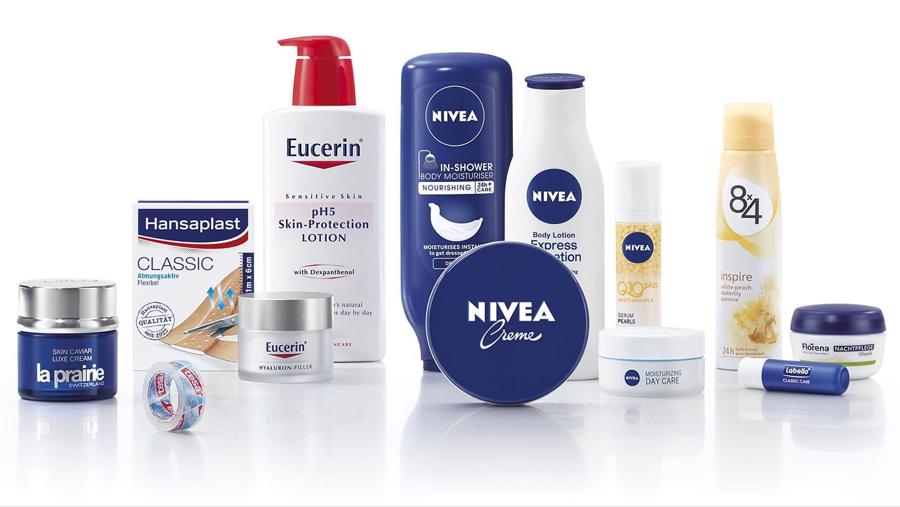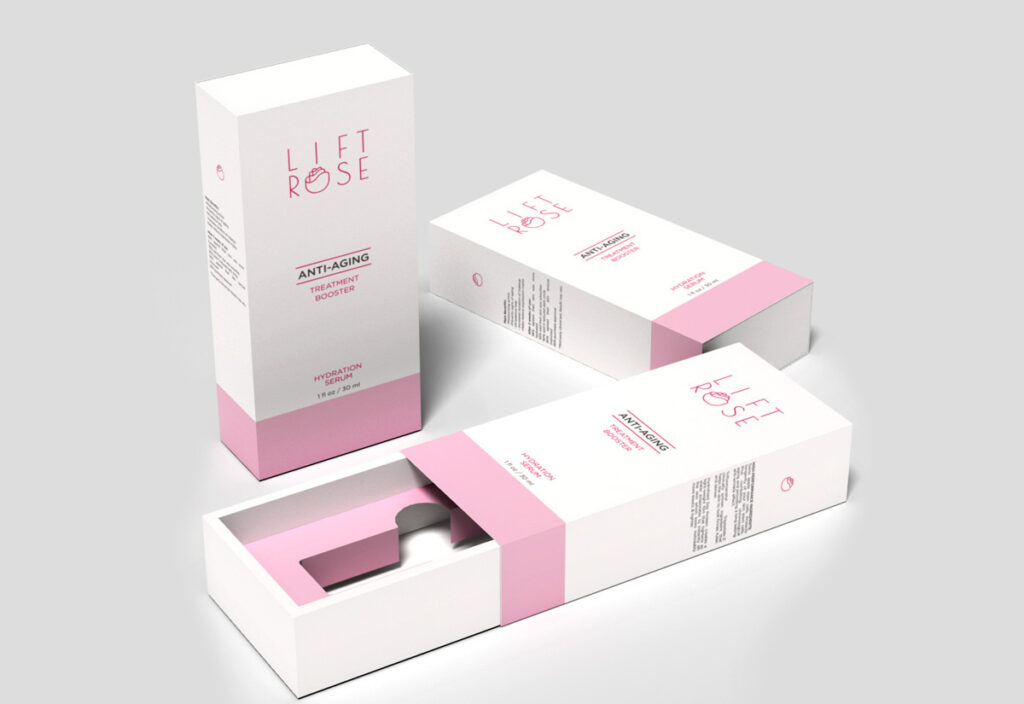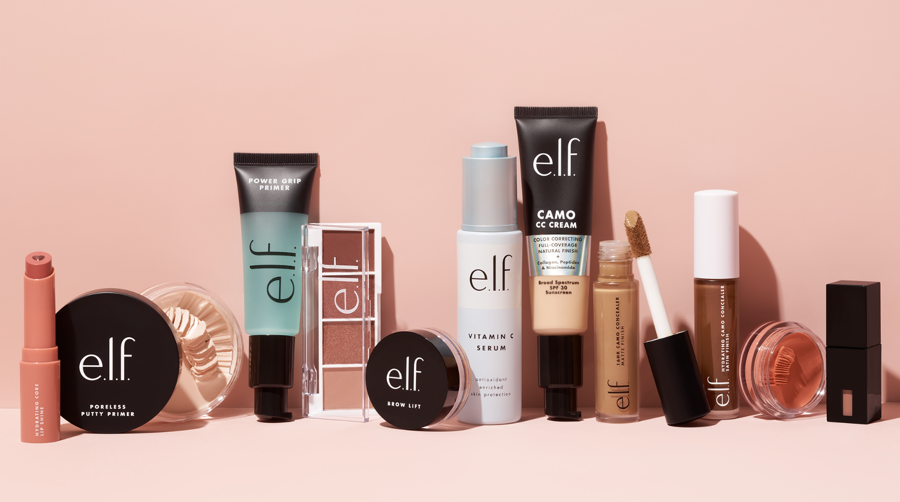
Surging Packaging Costs Pose New Challenge for Beauty Industry
Tariffs on Chinese goods are expected to drive up packaging costs, pushing cosmetic brands toward retail price hikes amid consumer spending slowdowns.
The beauty industry is bracing for significant cost pressures after the United States last week imposed a 125% tariff on imports from China — a country that manufactures much of the industry’s critical packaging components.
Industry executives warn that brands may be forced to raise retail prices, potentially curbing consumer demand at a time when economic uncertainty is already squeezing household budgets. Smaller and emerging brands are expected to bear the brunt of the impact.
“Tariffs on empty packaging produced in China and shipped to the U.S. for filling will have a major operational impact,” said Denis Maurin, President of Sales and Innovation at HCT, a division of Kdc/one specializing in beauty packaging design and production.
The beauty industry is bracing for significant cost pressures after the United States last week imposed a 125% tariff on imports from China.
1. Cost Pressures Mount Across the Industry
Maurin warned that the cumulative impact of tariffs could lead to slower product launches and reorders.
“We expect brands across the sector to increase retail prices. Consumers, in response, may curb discretionary spending. Some brands may even temporarily pause reordering until the tariff environment stabilizes and negotiations with other countries conclude,” he said.
David Chung, founder and CEO of haircare brand The Rootist, and head of iLabs and Morae Packaging, noted the severity of the new duties.
“One component in The Rootist’s product bottles is now facing tariffs close to 140%,” Chung said.
He added that alternatives for sourcing, such as producing aluminum cosmetic bottles in the U.S., are limited and cost-prohibitive — up to four times more expensive than Chinese imports.
Chung’s companies are reviewing updated quotes reflecting the new tariff regime and considering retail price increases as early as May 1 or June 1.
2. Major Players Better Positioned

The cosmetics packaging sector has been grappling with tariffs since the Trump administration first imposed a 25% duty on Chinese imports in 2018.
Analysts say multinational beauty giants are better positioned to weather the latest cost increases due to their diversified supply chains.
“Several European beauty conglomerates operate production facilities within the U.S.,”
wrote Rogerio Fujimori, an analyst at Stifel, in a note to investors.
“Beiersdorf, for instance, manufactures about one-third of its U.S. volume domestically, with most of the remainder imported from Mexico.”
Similarly, L’Oréal operates five plants across North America, producing roughly two-thirds of what it sells in the U.S. market. An additional 15% of its U.S. sales come from France, predominantly its high-margin Luxe division, offering a pricing cushion against tariff-related margin pressures.
For packaging suppliers such as Baralan, headquartered in Milan, a significant U.S. presence has helped mitigate immediate impacts.
“We have invested heavily in the U.S., with offices, warehouses, and manufacturing facilities,” said Caroline Baranes, Baralan’s Director of Sales.
“Our local stock and infrastructure allow us to continue supporting key clients.”
3. Mass Market Brands to Feel the Pinch

E.l.f. Beauty, which sources around 80% of its products from China — are particularly vulnerable.
Tariffs are likely to squeeze the lower end of the beauty market more severely than the premium sector, analysts say.
Oliver Chen, an analyst at TD Cowen, highlighted that mass brands — such as E.l.f. Beauty, which sources around 80% of its products from China — are particularly vulnerable.
“Pricing strategy will become critical,” Chen said.
“Brands must carefully assess which SKUs can absorb a price increase without significantly eroding demand, and where to consider packaging reductions.
It’s not an easy decision and execution will be complicated.”
While the beauty sector has some room to maneuver — particularly by trimming marketing budgets — smaller players face heightened risks.
“Marketing accounts for a large percentage of revenue in beauty. Larger brands can pull back spend to protect margins, but smaller brands typically lack the scale and flexibility to do so,” Chen said.
“They could be forced to cut back or rely on debt to weather the storm.”
Edited by Luu Hana
Operating under the motto of “Pioneering Quality,” Hoang Vuong consistently aims for sustainable and environmentally friendly packaging solutions. We proudly hold the following certifications:
- FSC Certification: FSC-C187470
- GMI Certification
- G7 Certification
- ISO 9001:2015
With over 15 years of experience in the paper packaging industry and a solid brand reputation, Hoang Vuong is a leading private paper packaging enterprise in Vietnam, partnering with numerous major brands locally and internationally. We accompany your company on the journey of innovation, seeking differentiation through continuous improvement. Your success is both an achievement and motivation for us to continue innovating and maintaining professionalism.
- Address: 10/6C Street 10, Binh Hung Hoa A Ward, Binh Tan District, Ho Chi Minh City
- Mobile: 0908.863.965 (Mr. Le Hong Son)
- Phone: 028.62696129 – 028.22481926
- FAX: 08.62696032
- E-mail: sales@baobigiay.vn
- Website: www.baobigiay.vn – www.hopcungcaocap.vn
- Fanpage: Hoang Vuong Paper Packaging Company Limited.


